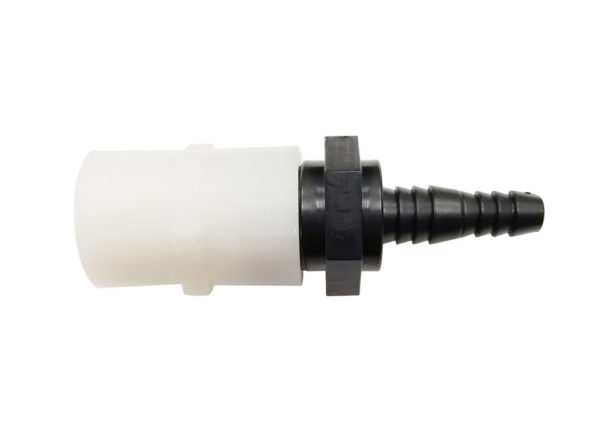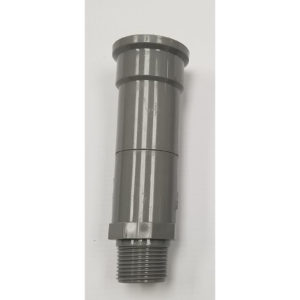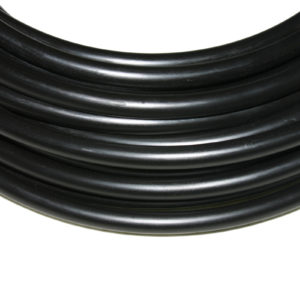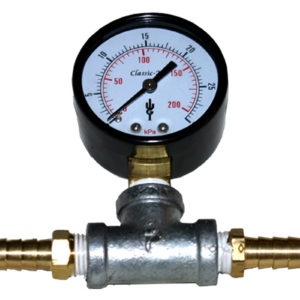Description
Diffuser Backflow Valve
This Backflow Valve is designed to work with Outdoor Water Solutions Airstones and Rubber Membrane Disc Diffusers.
Back Flow Valve for Diffusers
All diffusers, regardless of whether they are ceramic, rubber membrane, or another type of material, should have a backflow valve to prevent water from entering your airline. If you do get water coming back up your airline, it can cause compressor issues as every time your compressor has to restart; it has to first push the water out of the airline, which requires extra pressure. Secondly, water in your airline can freeze during the winter months, which means no air comes out, and you put undue stress on your compressor, which can burn up motors and/or break crankshafts and pistons quickly.
This backflow valve comes with 1/2″ female NPT threads on the lower end that threads onto an OWS Airstone or Rubber Membrane Disc Diffuser. The hose barb end fits 3/8″, 1/,2″, and 5/8″ airline and attaches to both weighted and non-weighted airline with an included stainless steel hose clamp.
What is the difference between an airstone diffuser and a rubber membrane diffuser?
The airstone diffuser and the rubber membrane diffuser both serve the same purpose; they provide aeration for your lake or pond. However, how they do it and what size they work best in is very different. The airstone diffuser can be quite convenient because it can easily be installed. The airstone diffusers can are more affordable, but they provide less oxygen. The rubber membrane is more expensive but offers more oxygen with smaller bubbles. The airstone diffuser can be ideal for smaller ponds.
The rubber membrane is an ideal solution for bigger ponds. This is because more bubbles are created and transported throughout the water, which makes more oxygen for your aquatic environment. It can also be argued that the airstone diffuser creates about the same amount of oxygen. The airstone diffuser gives off bigger bubbles and a sufficient oxygen level as the bubbles pop. To reiterate, both options are good, but your investment would depend on the price, maintenance frequency, and size of the pond.







